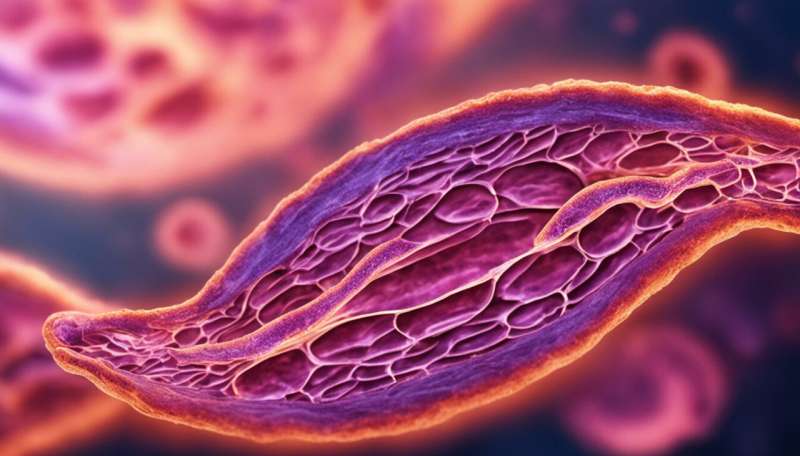Bonanza of genomic sequence data gives researchers valuable new insights into a poorly understood cancer

Stomach cancer doesn't get the same publicity as lung or breast cancer, but it is a health threat to be taken very seriously. "Gastric cancer is the second leading cause of worldwide cancer mortality, with an annual death rate of over 700,000 individuals," explains Patrick Tan of the A*STAR Genome Institute of Singapore. He notes that this disease is especially prevalent in Asia; gastric cancer is the fifth most common cancer amongst Singaporean men.
Remarkably little is known about the biological triggers of gastric tumor formation. Tan recently led a large international team of researchers that identified genetic risk factors for this particular cancer. They performed a massive dragnet screen for mutations, sequencing 18,000 genes in 15 different tumors and comparing them against equivalent sequences from adjacent, noncancerous tissue.
The results proved illuminating. For example, although half of all gastric cancer cases are associated with infection by the bacterium Helicobacter pylori, there were no obvious differences in mutational profiles from H. pylori-positive and -negative tumors. However, Tan notes that this may also be a result of limited sample size. In general, the researchers encountered striking diversity across their samples, but also uncovered patterns upon closer examination. "Although most individual genes were only mutated in a small proportion of samples—usually less than 10%—many of the genetic abnormalities represented different components of the same functional pathway," says Tan.
Many mutations observed by the team affect cellular adhesion pathways, which can influence tumor progression and metastasis. One gene in this pathway, FAT4, caught the researchers' attention; laboratory experiments confirmed that disruption of this gene confers tumorigenic properties on cells. Tan and co-workers subsequently identified FAT4 mutations in genomic data from various other cancers as well. They also identified another previously unknown tumor suppressor gene, ARID1A; importantly, this gene acts in a cancer-associated signaling pathway targeted by existing drugs, suggesting that it may provide a clinically useful indicator for planning patient treatment.
In their ongoing analysis of the gastric cancer genomic landscape, Tan and his co-workers will now investigate major structural alterations—including chunks of chromosome that have been duplicated, deleted or flipped around—as well as changes in how chromosomal DNA becomes chemically modified. Collectively, these data may eventually provide a handy atlas for oncologists. "We hope to apply these technologies to gastric cancer patients treated in clinical trials, to identify accurate molecular predictors of disease relapse and treatment response," says Tan.
More information: Zang, Z. J., Cutcutache, I., Poon, S. L., Zhang, S. L., McPherson, J. R., et al. Exome sequencing of gastric adenocarcinoma identifies recurrent somatic mutations in cell adhesion and chromatin remodeling genes. Nature Genetics 44, 570–574 (2012). www.nature.com/ng/journal/v44/n5/abs/ng.2246.html















